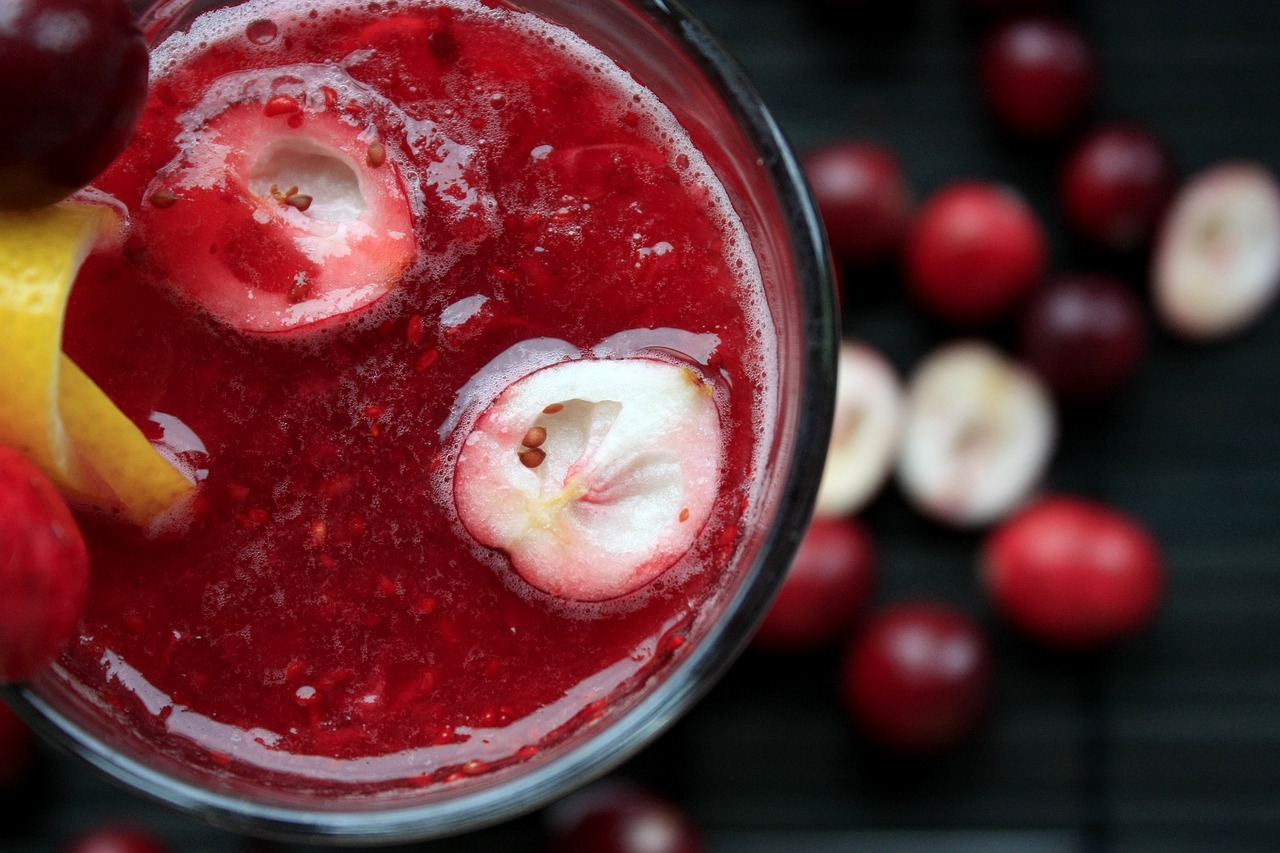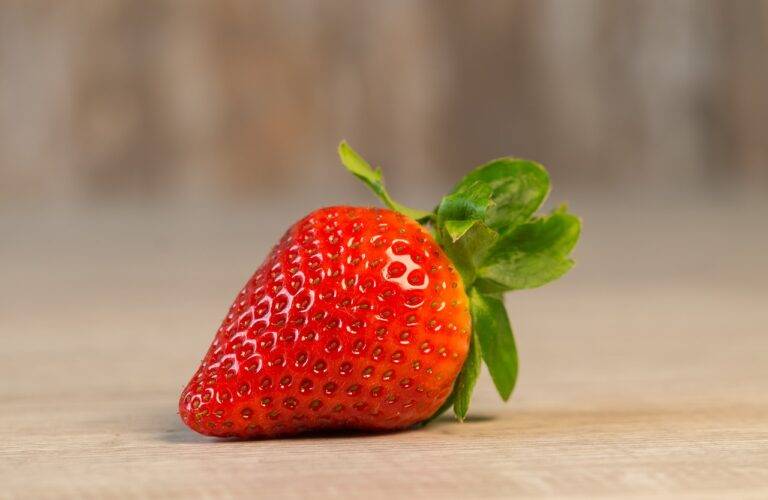The Benefits of Eating a Rainbow Diet
Eating a variety of colors is not just visually appealing, but also crucial for your overall health. Different colored foods offer a range of essential nutrients that work together to support various bodily functions. By incorporating a rainbow of fruits and vegetables into your diet, you can ensure that you are consuming a diverse array of vitamins, minerals, and antioxidants that are essential for optimal health.
Each color in fruits and vegetables signifies the presence of specific phytonutrients, which have unique health benefits. For example, red foods like tomatoes and watermelon are rich in lycopene, known for its antioxidant properties that help protect cells from damage. By including a spectrum of colors in your meals, you can harness the power of these phytonutrients to boost your immune system, promote healthy digestion, and reduce inflammation in the body.
• Red foods like tomatoes and watermelon are rich in lycopene
• Different colored foods offer a range of essential nutrients
• Each color in fruits and vegetables signifies the presence of specific phytonutrients
• Incorporating a rainbow of fruits and vegetables into your diet ensures diverse array of vitamins, minerals, and antioxidants
How Different Colored Foods Benefit Your Health
Eating a variety of colors in your diet can have immense benefits for your health. Different colored foods provide a diverse range of vitamins, minerals, and antioxidants that are essential for overall well-being. For example, red foods like tomatoes and red bell peppers are rich in lycopene, a powerful antioxidant that may help reduce the risk of certain types of cancer and heart disease.
Incorporating foods of various colors into your meals can also help ensure that you are getting a wide array of nutrients that support different aspects of health. For instance, orange foods like carrots and sweet potatoes are packed with beta-carotene, which is a precursor to vitamin A and is important for good vision and a healthy immune system. By including a colorful assortment of fruits and vegetables in your daily diet, you can promote better health and vitality from the inside out.
The Importance of Phytonutrients in a Rainbow Diet
Phytonutrients are natural compounds found in plant-based foods that give them their vibrant colors. These compounds not only contribute to the appearance of fruits and vegetables but also offer numerous health benefits. Including a variety of colorful foods in your diet ensures that you are consuming a diverse array of phytonutrients, each with its unique properties and potential health advantages.
Research suggests that phytonutrients play a crucial role in protecting against chronic diseases like cancer, heart disease, and diabetes. For example, anthocyanins, the phytonutrients responsible for the blue and purple hues in foods like blueberries and eggplants, have been linked to improved cardiovascular health and reduced inflammation in the body. By incorporating a rainbow of fruits and vegetables into your meals, you can harness the power of phytonutrients to support your overall well-being and longevity.
What are phytonutrients?
Phytonutrients are natural chemicals found in plants that help protect them from environmental threats. They also provide health benefits to humans when consumed in their diets.
How can phytonutrients benefit my health?
Phytonutrients have antioxidant and anti-inflammatory properties that can help reduce the risk of chronic diseases, such as cancer, heart disease, and diabetes. They also support overall health and well-being.
Why is it important to eat a variety of colors in your diet?
Eating a variety of colors ensures that you are getting a wide range of phytonutrients, each with its own unique health benefits. Different colored foods contain different types of phytonutrients, so it’s important to include a variety in your diet.
How can I incorporate more colors into my diet?
To incorporate more colors into your diet, try eating a rainbow of fruits and vegetables. Include a variety of red, orange, yellow, green, blue/purple, and white foods in your meals to ensure you are getting a wide range of phytonutrients.
Are supplements a good alternative to getting phytonutrients from food?
While supplements can be helpful in certain cases, it’s always best to get nutrients from whole foods whenever possible. Eating a variety of colorful fruits and vegetables is the best way to ensure you are getting a wide range of phytonutrients in your diet.





